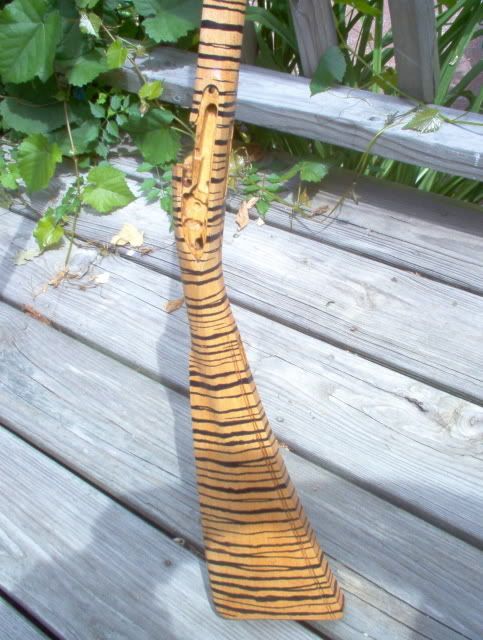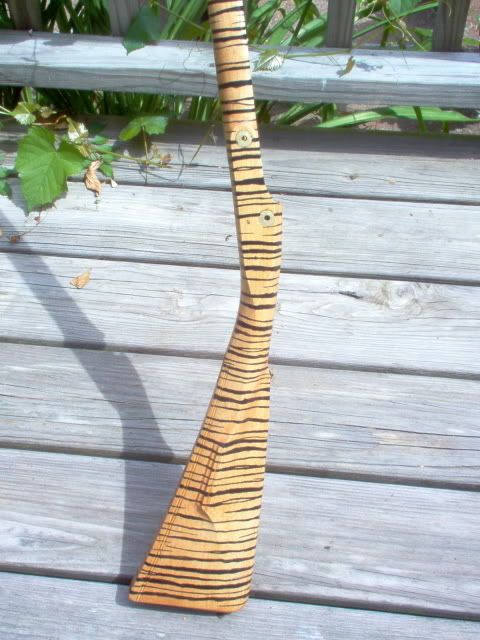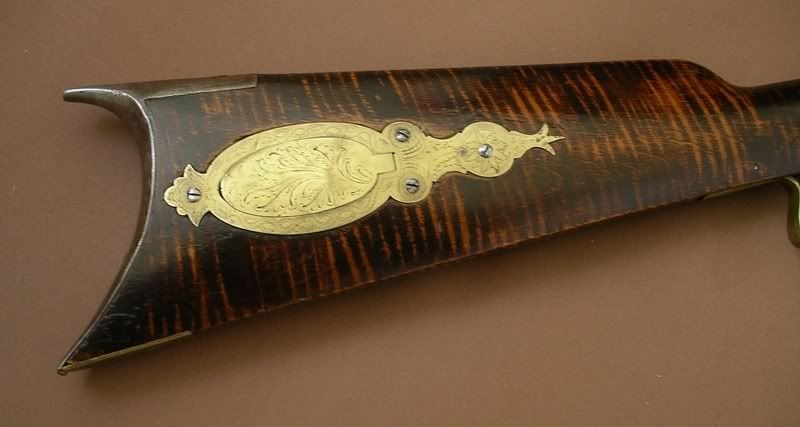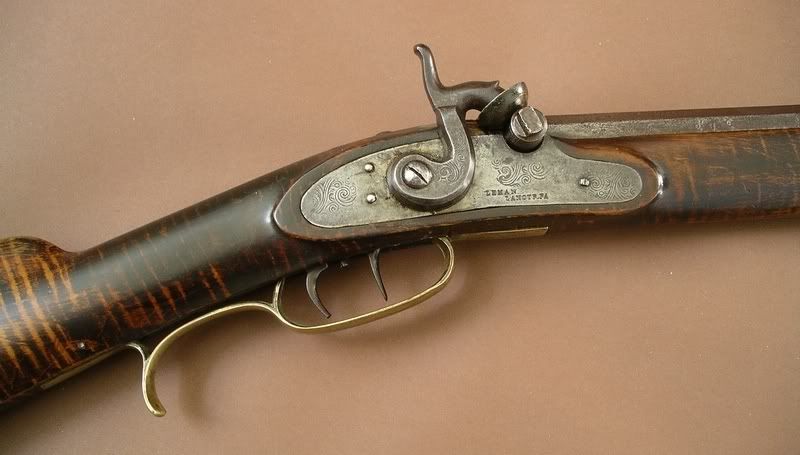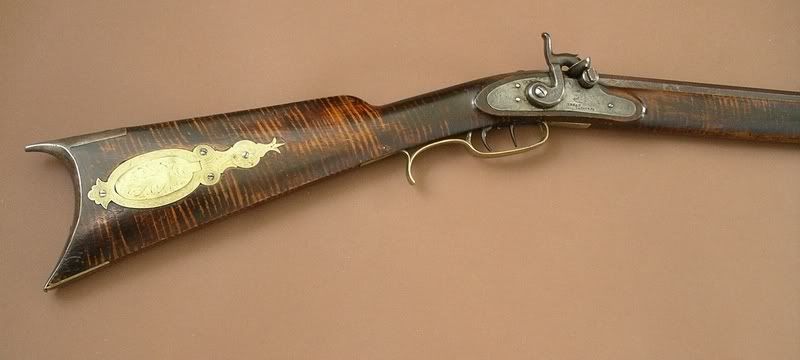Hello.
I've bought Pedersoli AN IX musket in kit.
Now, I'm thinking about making artificial "tiger stripes" pattern on stock.Unfortunatelly I dont know how to do it.
Could someone explain, step by step this process?
Thanks for any advice
I've bought Pedersoli AN IX musket in kit.
Now, I'm thinking about making artificial "tiger stripes" pattern on stock.Unfortunatelly I dont know how to do it.
Could someone explain, step by step this process?
Thanks for any advice










